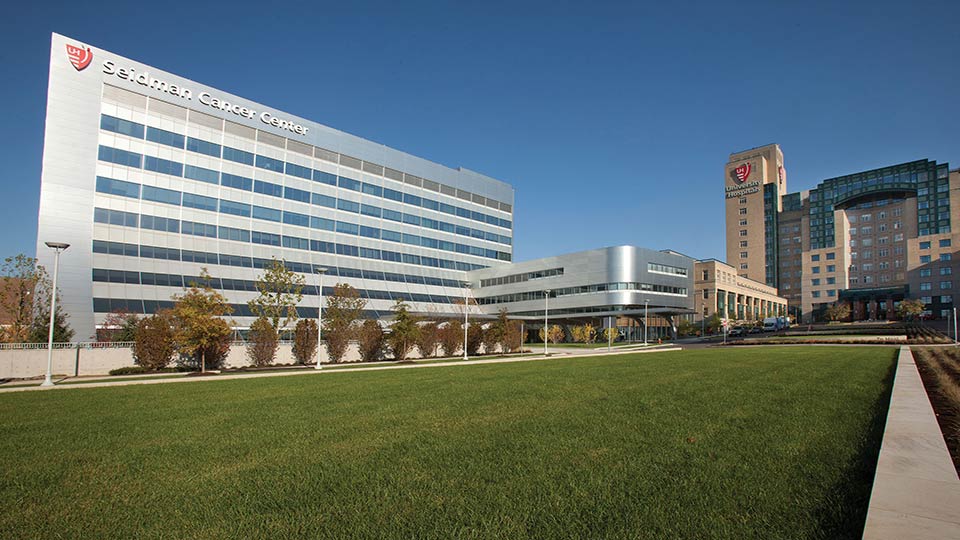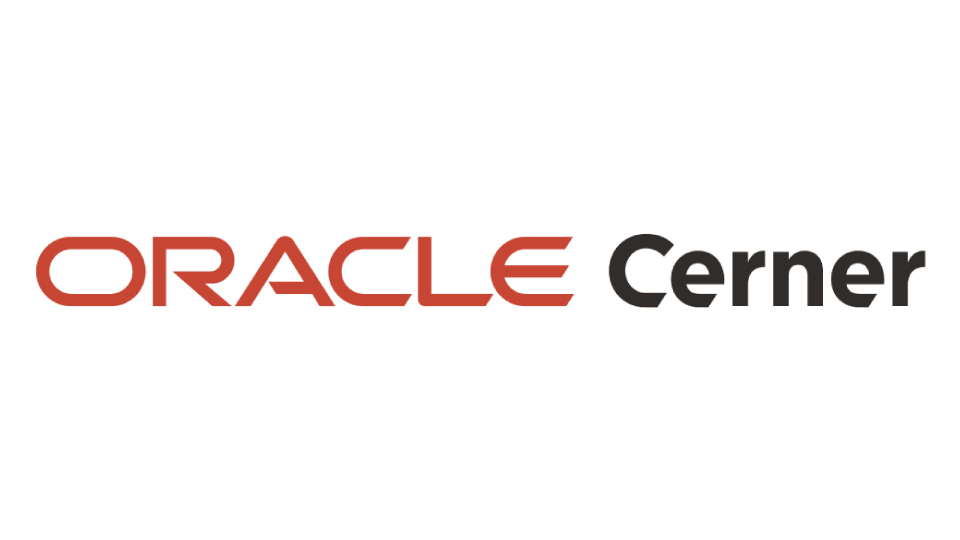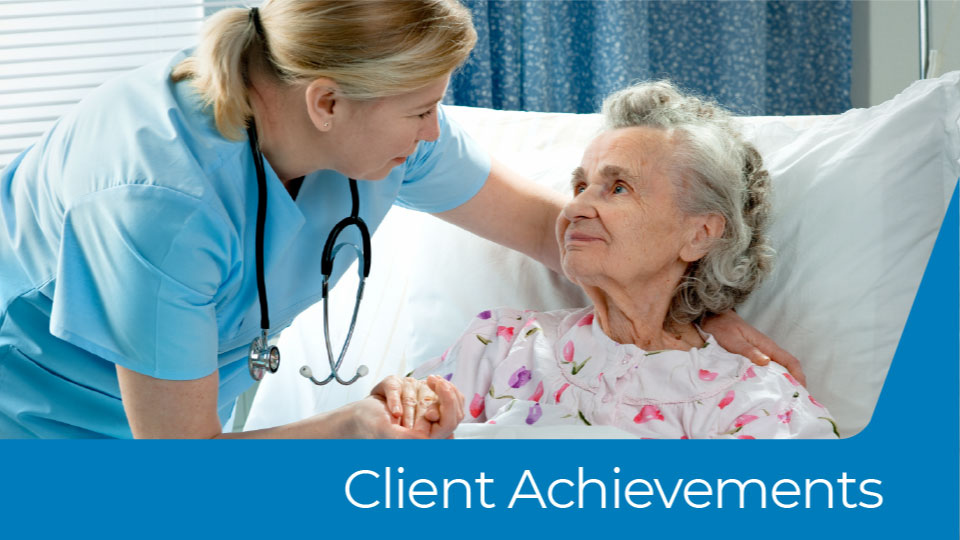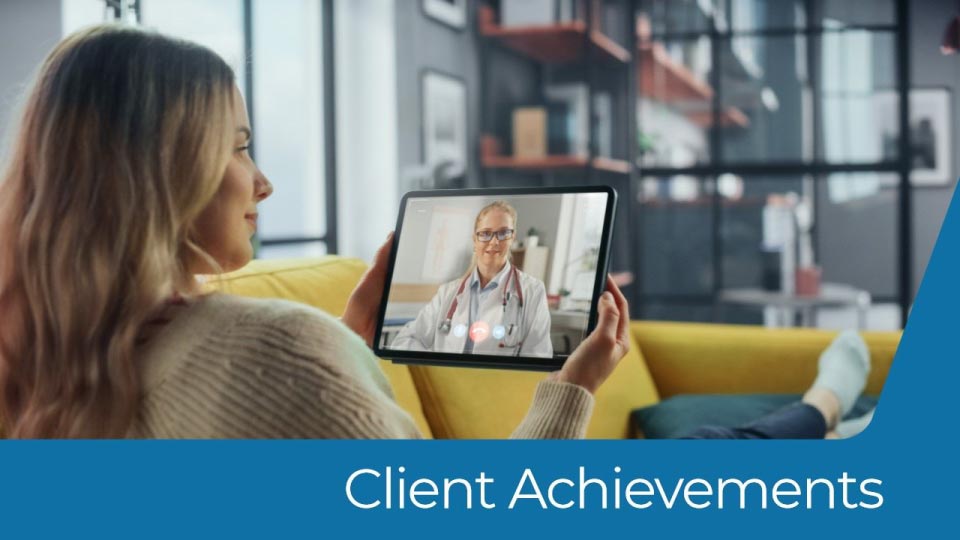Imagine being part of a medical team responsible for a cancer patient’s care but relying on paper records.
Everything — from rounds, registration, scheduling, labs and pharmacy orders — could get lost, and illegible medication dosages could potentially endanger patients.
Like many health care organizations, Southwest General Health Center, a Cerner ITWorks℠ organization, once relied primarily on paper to manage patient health records.
But with their implementation of Cerner Oncology™ in May 2017, providers gained access to prior ambulatory visits, acute care encounters, test results, images, medications and other important clinical information. The solution, which integrates into the Cerner Millennium® electronic health record (EHR), gives the care team members a full patient view and enables them to make the best care decisions.
“Going paperless has been magnificent,” said Debbie Harwood, director of oncology services. “I think it’s a huge deal. Patients can feel secure, knowing their caregivers have the tools to deliver high-quality care with confidence.”
Care has become more efficient, and the result of the efficiency is a decrease in the time patients need to be in the infusion center. With Cerner Oncology and training as part of their continued improvement and Cerner upgrades, the average throughput time for the chemotherapy infusion center fell 104 minutes, a nearly 49% decrease.
In the old workflow, nurses had to constantly look for paper charts. This wasted time, added frustration, and potentially increased risk. And of course, any time a provider handwrites orders or prescriptions, there are legibility concerns.
“When we moved to electronic computer order entry for chemotherapy, we could easily look at an order and know the dose and calculations,” Harwood said.
When Southwest General went live, nurses began communicating with the pharmacy through the solution to see if a drug was ready for pickup, saving them a trip in person. When the nurse or care team member doesn’t spend as much effort visiting the pharmacy, communication is much easier, and clinicians have more time for patient care.
Additionally, Harwood said the system helps track cumulative drug doses. This is especially important for cancer patients who are only allowed a limited lifetime dose of certain drugs.
“Cerner worked alongside us to help figure this out among other cancer centers,” she said. “Before, we'd manually calculate how much more of a drug a patient could receive in his or her lifetime. I can’t tell you how big a difference it makes to have that automated.”
For more information about best practices for oncology, visit our Model Experience page.
1 Comparing the start of implementation in May 2017 to May 2020.




